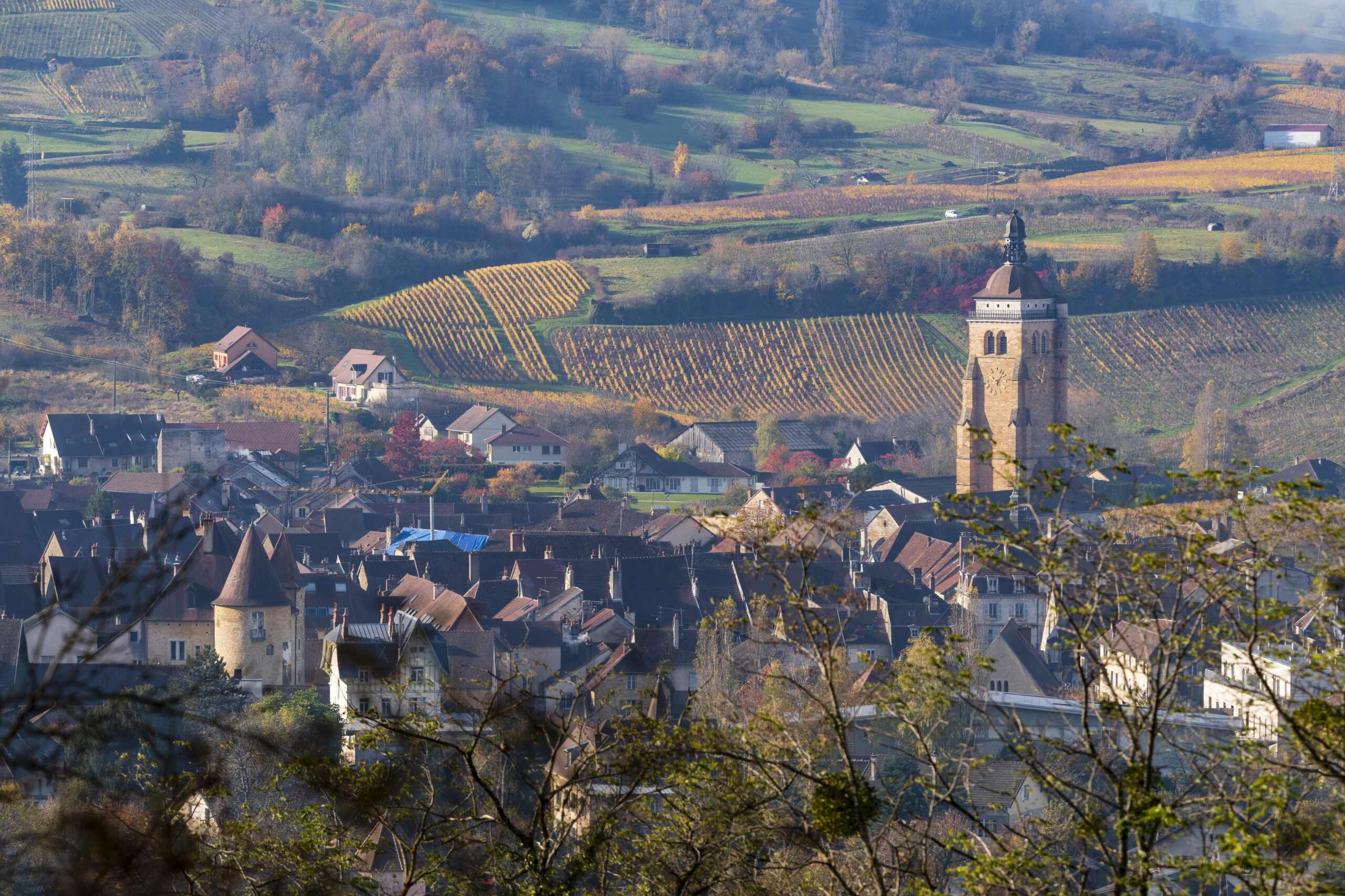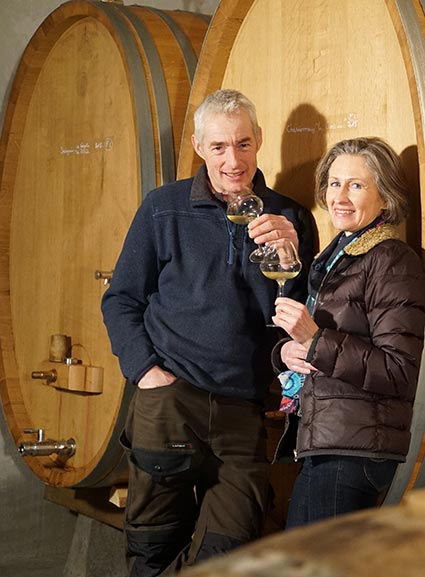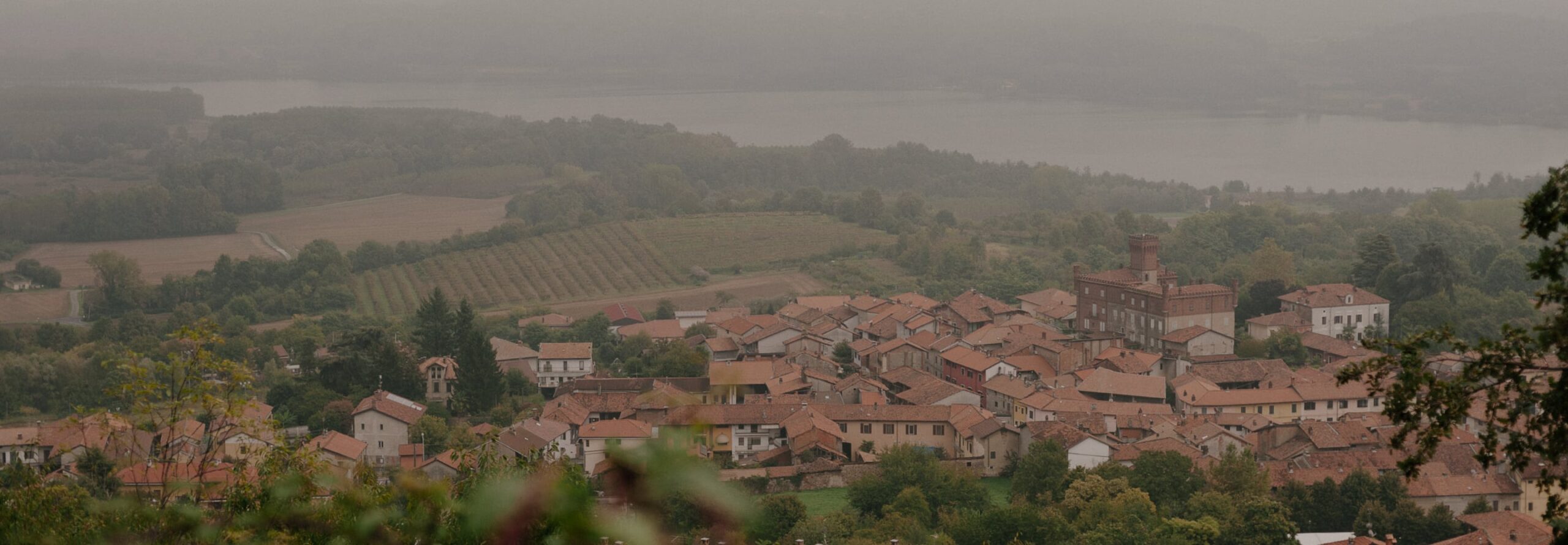André-Jean (“A-J”) Morin is the eighth generation of Morin to tend the vine in Arbois, beginning with his ancestor Etienne in 1704, but the family enterprise nearly didn’t survive the calamitous 20th century. A-J’s grandfather Marius, deeply scarred by his years of service in the First World War, stopped producing wine in 1922 and sold off all his vineyards except for one tiny parcel: La Touraize. From this single plot, and against the advice of Marius, A-J’s father Michel began rebuilding the estate in the mid-1950s, and A-J joined him in 1985, during which time they sold their fruit to the local co-operative. In 2009, A-J left the co-operative, selling three of his 15 hectares to finance the construction of his winery, and today he and his wife Héléana bottle the entirety of their production under the Domaine de la Touraize label.
Bright-eyed and quick-spoken, André-Jean exudes infectious enthusiasm for his craft; his is clearly a mind that could never be satisfied plying his trade under the anonymity of the co-operative. His modest cellar, just off the main road between Montigny-les-Arsures and Arbois, houses a visually comforting mix of decades-old foudres, well-worn tonneaux, a few stray clay jars, and an attic filled with barriques of Savagnin slowly transforming under veil. A-J obtained organic certification in 2016 and biodynamic certification in 2019, and his approach in the vineyards is rigorously labor-intensive: not only is harvest conducted by hand, but nearly all vineyard work is performed manually. A-J even de-stems his reds by hand, using an old local tool known as a crible (famously employed by Pierre Overnoy in Pupillin): a wooden plank with grape-sized holes over which the harvested bunches are rolled back and forth until the fruit falls through.
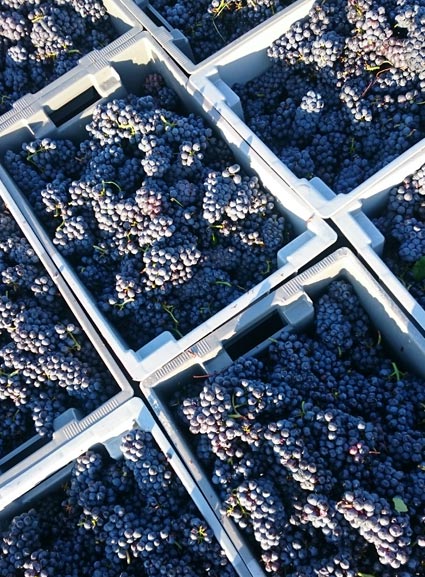
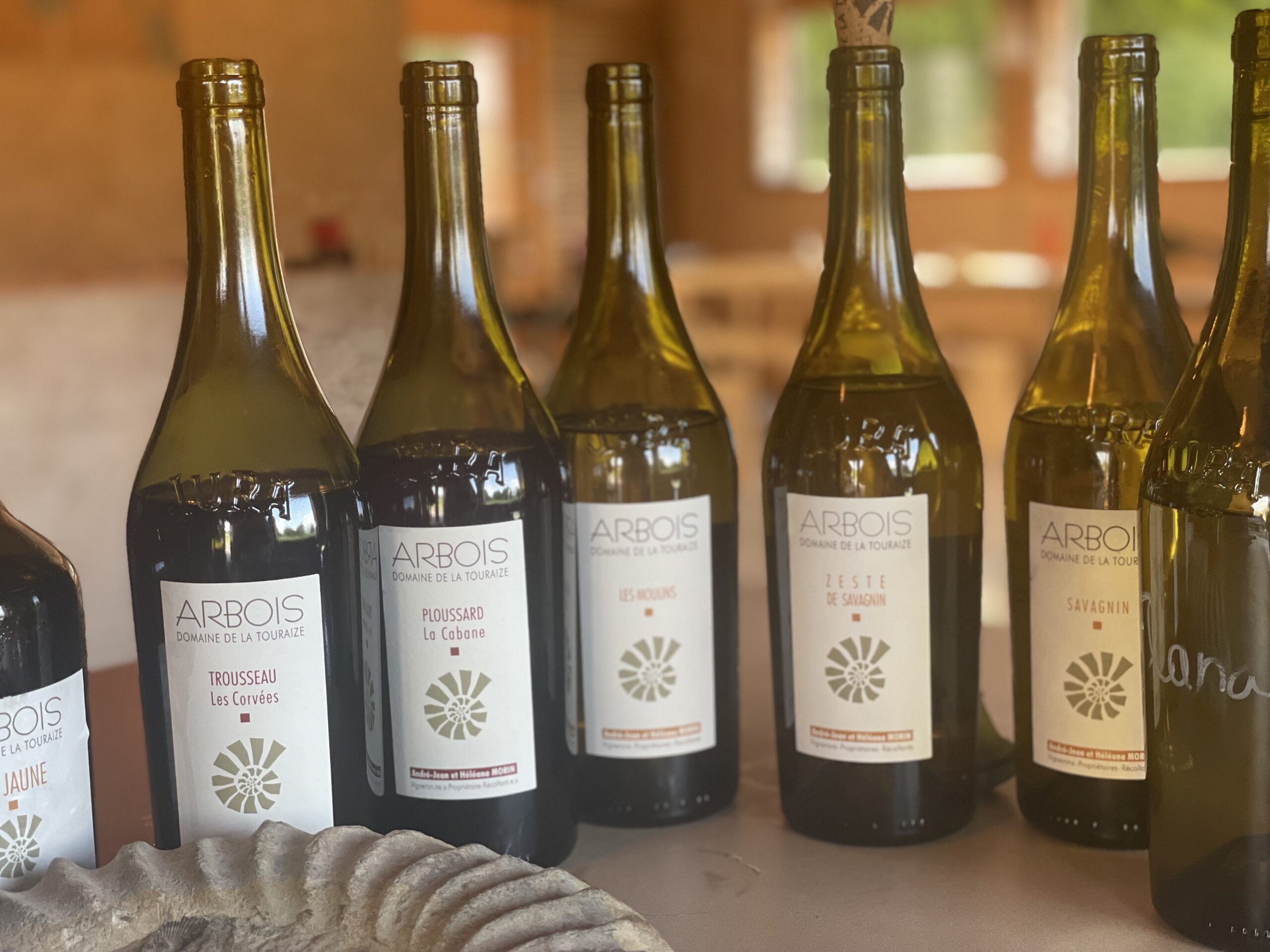
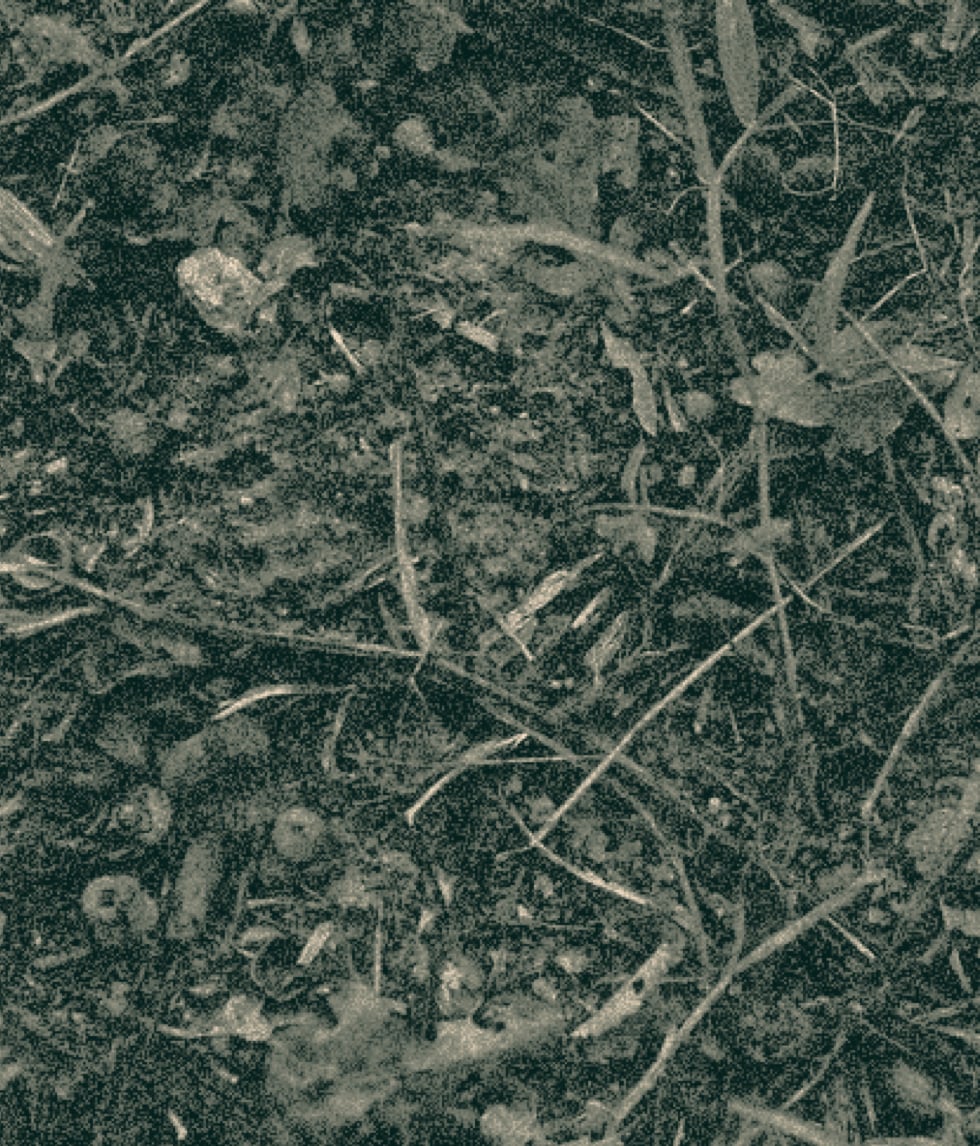
André-Jean’s approach in the cellar is adamantly non-interventionist: he never adds yeasts, never chaptalizes, never adds sulfur before malolactic fermentation is finished, never pumps the wines, never fines, never filters, and keeps sulfur additions between 10 and 20 milligrams per liter. Despite a relative absence of controls, however, A-J’s wines are unfailingly clean, precise, and expressive—a reflection of his exacting, fastidious working regimen. Contrary to the majority of our imports from the region, most of Touraize’s white wines are topped-up in barrel, offering a bare-knuckled minerality uncomplicated by oxidative notes yet still humming with telltale Jura salinity and power. The two sous-voile Savagnin wines A-J does produce, however, are among the finest we have ever encountered, displaying a sense of focus and energy which unites them stylistically with their topped-up cellar-mates.
Farming
Certified organic and biodynamic
Treatments
Copper-sulfate treatments
Ploughing
Mechanical and manual techniques
Soils
Blue/grey and white limestone-clay marls
Vines
Trained in Guyot, oldest vines are 80 years old
Yields
Controlled and kept well below limits for the region
Harvest
Entirely manual, mid-September to early October
Sourcing
Entirely estate fruit
Fermentation
Indigenous yeasts, spontaneous fermentation. Depending on wine, 0-30 milligrams per liter
Extraction
No pumping, fining, filtration
Chaptalization
None
Pressing
Slow
Malolactic Fermentation
Spontaneous, directly following alcoholic fermentation
Élevage
According to grape variety and vintage, red wines are aged in tuns or in vats and are racked once or twice during aging
lees
White wines remain on their lees in tuns or barrels for 9 to 24 months
Fining and Filtration
Red wines are unfiltered; white wines are filtered if necessary
sulfur
0-30 milligrams per liter
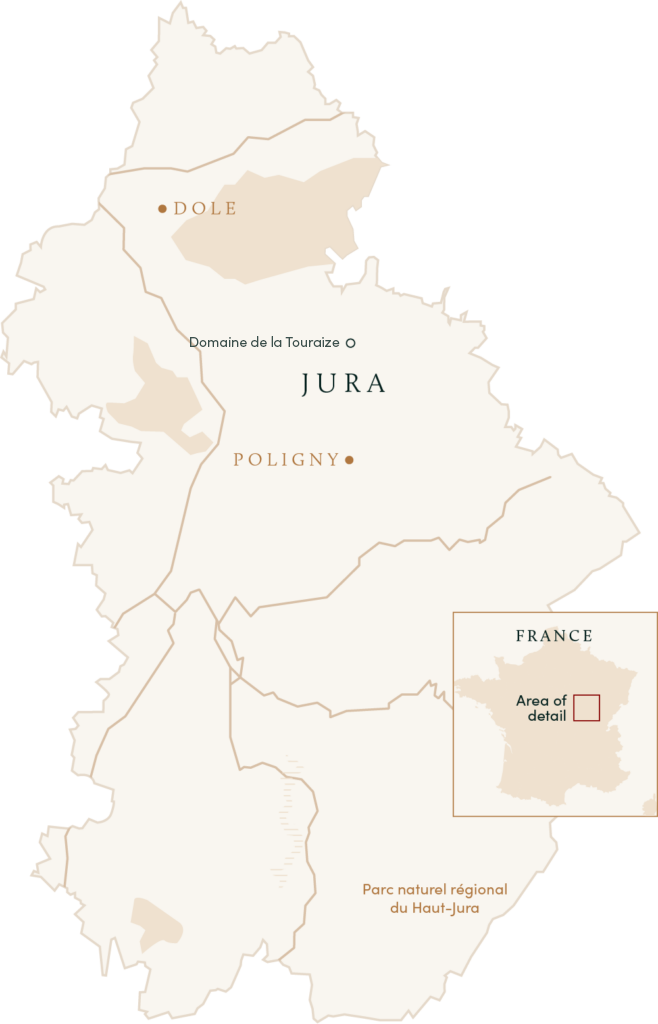
Optional caption text here lorem ipsum
